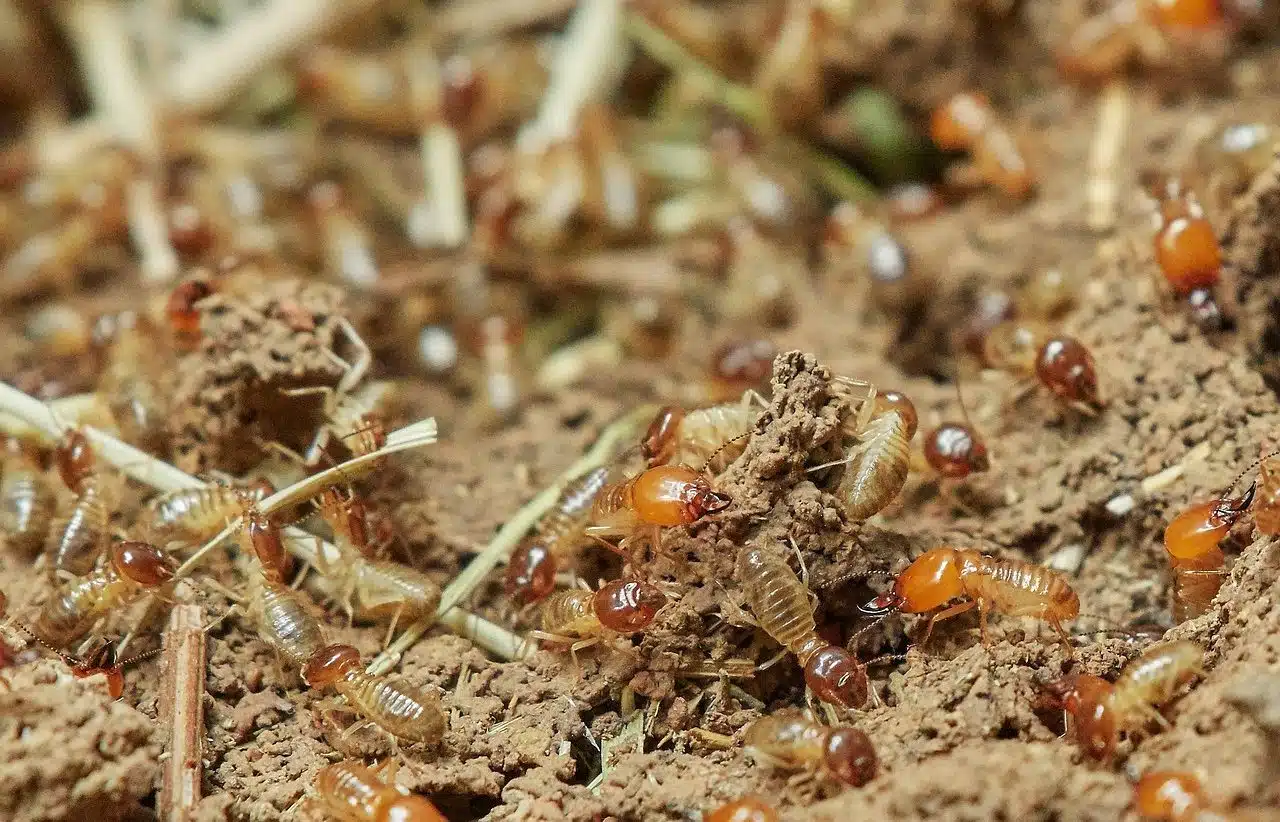
Wood-eating animals are wood-eating animals.
Xylophagous is an adjective used in the field of zoology to describe insects that feed on wood . There are animals from different orders that include wood in their diet.
While there are insects that feed on the type of plant, others choose wood based on its characteristics (its preservation, hardness, whether it has fungi, etc.). The digestion of food also develops in different ways according to the species in question.
There are wood-eating insects that have cellulase , an enzyme that enables the decomposition of cellulose and its transformation into glucose . Others can develop the processing of cellulose through the bacteria that they host in their digestive system .
Termites, wood-eating animals
Isoptera , commonly known as termites , are a typical example of wood-eating animals. These insects eat wood to obtain cellulose, which they decompose through the action of protozoa , organisms with which they maintain a symbiotic relationship.
Termites are often featured in cartoons, where they quickly eat through furniture such as tables and chairs; in real life, of course, the process is much slower.
Your relationship with the human being
While in nature all xylophagous species fulfill a necessary function for balance , when they cross with humans they become a threat to their organization in society, since wood is one of the most used materials in modern life: not only our furniture is usually made of wood, but it also supports the construction of a significant percentage of homes around the world.
Termites, like mice and cockroaches, are not destructive species and should not be considered negative: we are the invaders, who disrupt the balance and create a large number of situations for which the planet was not prepared. However, we manufacture poison for cockroaches and traps for mice, and we also organize against termites, to maintain the integrity of our belongings, even if we kill millions of living beings along the way.

Pandas are xylophagous since they feed on bamboo.
Other wood-eating insects
It is important to note that, beyond insects, there are also other animals considered xylophagous, such as the panda bear (a mammal that feeds on bamboo ), the bivalve mollusk known as broma and a species of catfish . In many cases, the consumption of wood is complemented by the consumption of other foods that provide different nutrients.
The panda bear is, like the termite, an animal that enjoys great popularity in the field of fiction, although in this case the scope is greater, since by having a more friendly and pleasant appearance to the human eyes, they also give rise to the design of dolls of various materials, from stuffed animal to plastic. Although it is correct to say that it is a xylophagous species, since 99% of its diet is centered on bamboo wood , it is worth mentioning that its diet includes other elements.
In addition to the nearly thirty species of bamboo that are part of the panda bear's diet, this particular mammal can also eat eggs and insects, which comprise its source of protein, without leaving aside some species of small mammals , mainly rodents.
This brings us to the functioning of its organism: the aforementioned versatility can only take place because its digestive system has been adapted to carry out the assimilation of cellulose molecules; however, as it is not a completely xylophagous animal, this task takes more work than others and it does not carry it out efficiently, which is why it eats much more wood than necessary.
